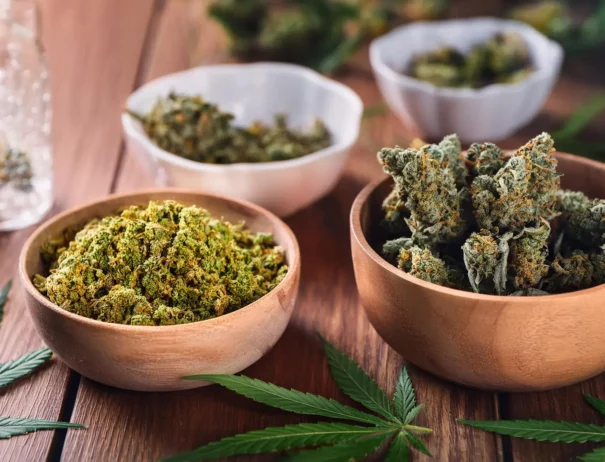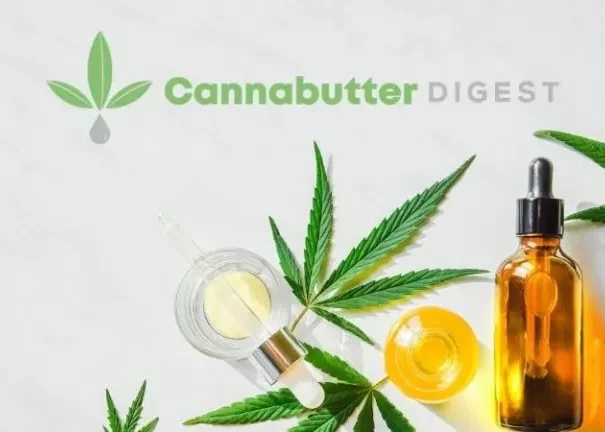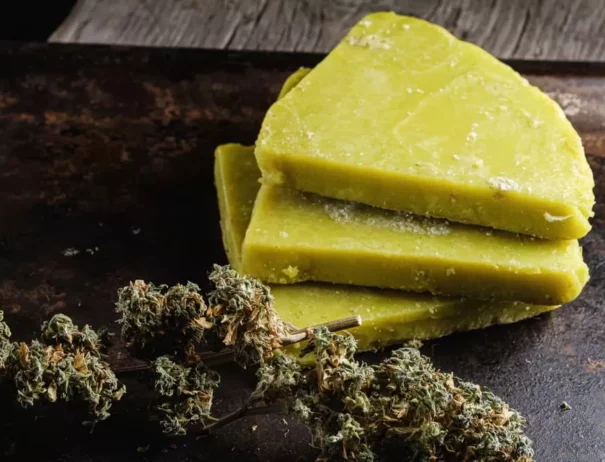How To Store Cannabutter
What is Cannabutter?
As the legalization of recreational cannabis spreads, more people are exploring alternative ways to enjoy it beyond smoking or vaping. Cannabis edibles, particularly those made with cannabis butter, or cannabutter, offer a gentle yet potent way to experience the effects of cannabis for several hours.
To create these homemade cannabis edibles, cannabis must undergo a process called decarboxylation, or “decarbing,” to activate the cannabinoids like THC and CBD, making them absorbable by the body.
How Do You Make Cannabutter?
Making cannabutter begins with the decarboxylation of cannabis flower. This can be done at home in an oven. Here’s a simple guide to crafting your own cannabutter:
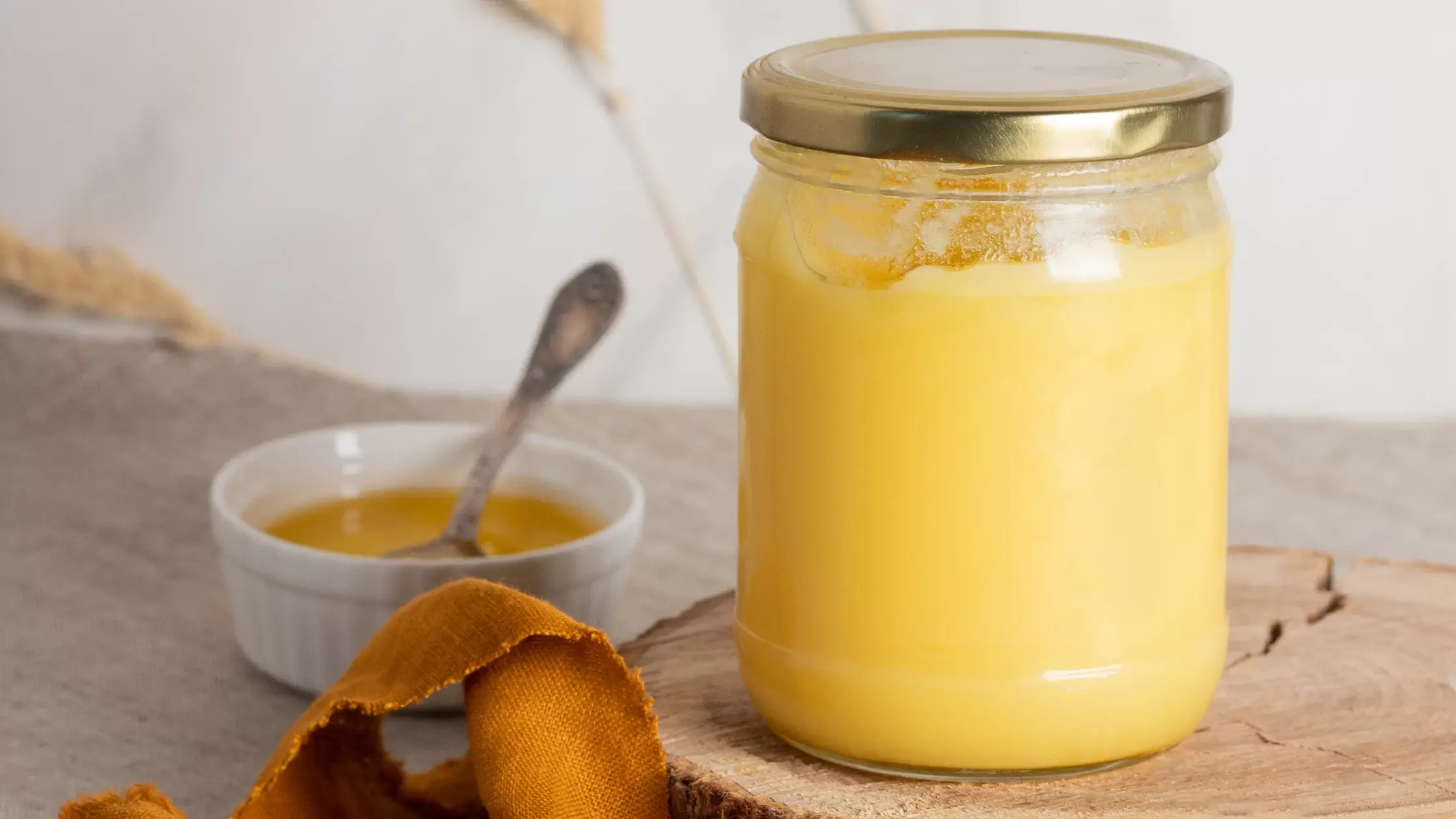
- Choose Your Ingredients: The strength of your weed edibles depends on the ratio of cannabis to butter. A common suggestion is to use seven grams of cannabis flower for every two sticks of unsalted butter. Using unsalted butter helps maintain the flavor of your cannabis treats.
- Decarboxylate the Cannabis: Preheat your oven to 225°F. Line a baking sheet with parchment paper, break up the cannabis buds, and spread them evenly. Bake for 30-40 minutes until the cannabis turns a golden brown, releasing the psychoactive properties of the cannabinoids. Monitor closely to avoid burning, as burnt cannabis can degrade cannabinoids and result in a bitter taste.
- Infuse the Butter: After decarbing, grind the cannabis finely. Melt two sticks of butter (or you can use coconut oil or olive oil as alternatives) over low heat. Add the ground cannabis to the melted butter and simmer for about 45 minutes. Stir occasionally to prevent burning. Tiny bubbles will form, indicating the THC is infusing into the butter.
- Strain the Mixture: Remove the plant material by pouring the mixture through a fine mesh strainer or cheesecloth into a bowl or airtight container. Squeeze out any remaining butter from the plant material to capture all the goodness.
How to Store Cannabutter
Proper storage of cannabutter is essential to storing and maintaining its potency and flavor. Here’s how to store your cannabis-infused edibles to maximize their shelf life:
Refrigeration: Place your cannabutter in a glass jar or another airtight container and store it in the fridge. This will keep it fresh for about three to four weeks. For added protection, wrap the butter in plastic wrap before sealing it in the container. Avoid using plastic containers for long-term storage as they can lead to chemical degradation and affect the taste.
Freeze Cannabutter for Long-Term Storage: If you want to store your cannabutter for longer periods, freezing is your best option. You can use silicone butter molds to portion it out or store it in airtight containers. Properly stored cannabutter can last for up to six months in the freezer without losing its potency. Using a vacuum sealer can further extend its shelf life by protecting it from air and light exposure.
Protection from Light and Heat: Store your cannabutter in a cool dark place, as exposure to light and heat can degrade cannabinoids and reduce the psychoactive properties. An opaque jar or placing the butter in the back of your refrigerator or freezer will help shield it from harmful light.
Shelf Life of Cannabis Infused Edibles
The shelf life of your cannabis-infused edibles largely depends on how well you store them. Factors such as the expiry date of the butter, moisture levels, and storage conditions influence how long cannabutter lasts. Properly stored cannabutter can last:
In the Refrigerator: Up to three to four weeks when kept cool, in an airtight container and away from light.
In the Freezer: Up to six months when stored in a fridge or a vacuum-sealed or airtight container, away from light and moisture.
Can Edibles Lose Their Potency?
The question of whether edibles lose their potency over time is a topic of debate among enthusiasts. Some believe that the THC in edibles starts to degrade after about 3–6 months, while others maintain that with proper storage, edibles can retain their original potency for a year or more.
If you come across some edibles that have been stored for a while and appear safe to eat, it’s important to test their potency. Don’t automatically assume they’ve become weaker over time—it’s always better to start with a small dose.
Creative Uses for Cannabis Edibles
Cannabutter is an essential ingredient in many cannabis-infused edibles. Here are some ways to use it:
Baking: Replace regular butter with cannabutter in recipes for cookies, cakes, and brownies or cannabutter brownies.
Cooking: Use it to sauté vegetables, brown meats, or make sauces. It’s especially good for dishes like baked chicken in cannabutter.
Spreads: Spread a bit of cannabutter on toast or muffins for a quick treat.
Homemade Edibles: Make your weed edibles like no-bake peanut butter fudge or cannabutter banana bread.
The LĒVO II Infusion Machine: Simplify Making Cannabis Infused Edibles
To make the process even easier, consider using an infusion machine like the LĒVO II. This device automates both the decarboxylation and infusion stages, ensuring consistent results. Plus, it’s dishwasher safe, making cleanup a breeze.
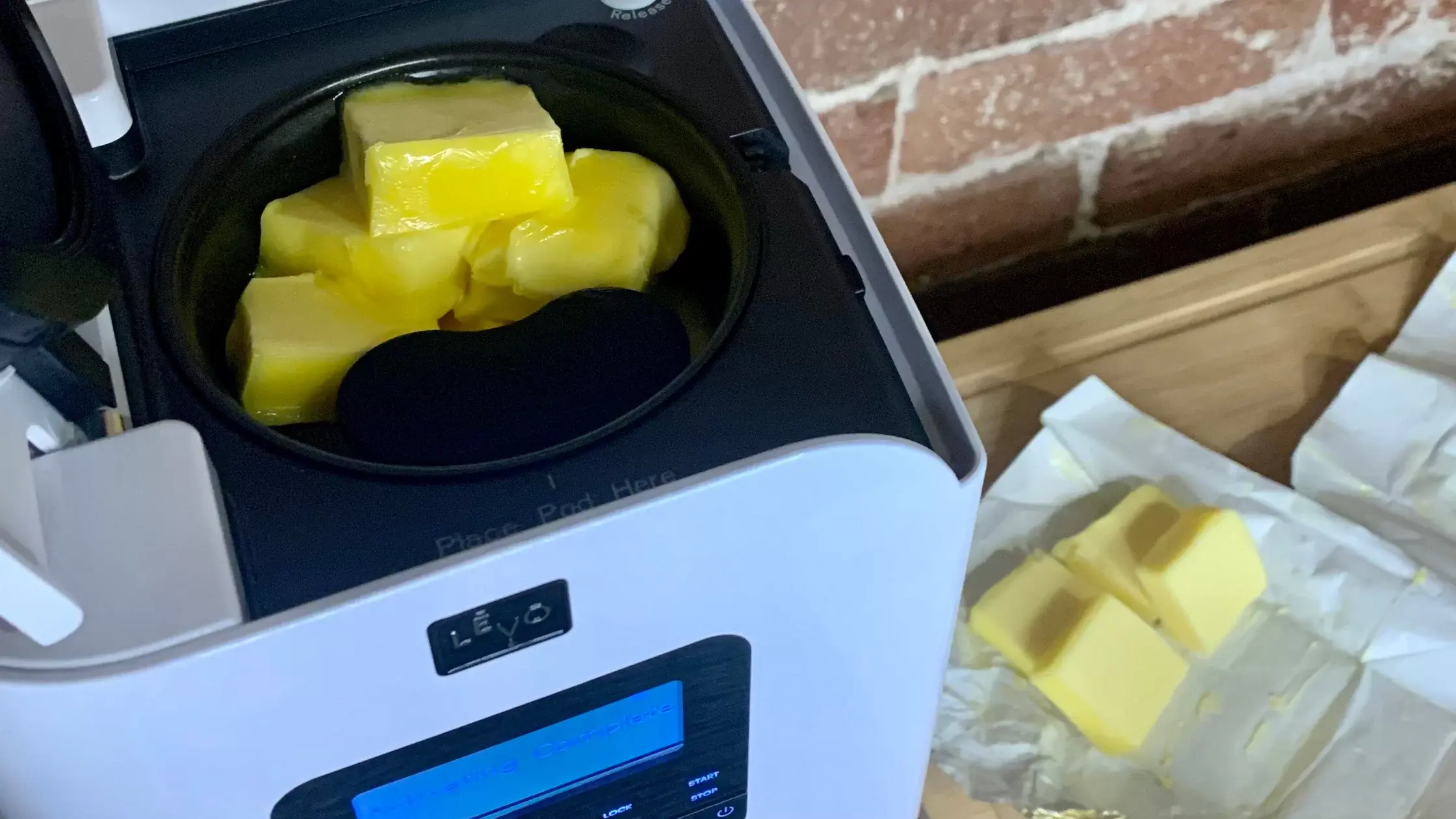
To Sum it Up
Cannabutter and cannabis-infused edibles offer a versatile and enjoyable way to experience the benefits of cannabis. Whether you’re making your own cannabutter at home or enjoying store-bought edibles, proper storage is key to preserving their potency and flavor.
By keeping your cannabutter in the refrigerator or freezer, protecting it from light and heat, and conducting simple tests to ensure your edibles are still fresh, you can enjoy them safely and effectively for months to come. Remember, when in doubt, start with a small dose to gauge the potency, especially with edibles that have been stored for a while.
With the right care, your cannabis-infused treats will continue to enhance your culinary adventures and provide the desired effects long after they’re made.

Get Your Free eBook!
Download our FREE resource, The Ultimate Edibles Guidebook, full of recipes, infusion tips and everything you need to make your first batch of edibles today!

